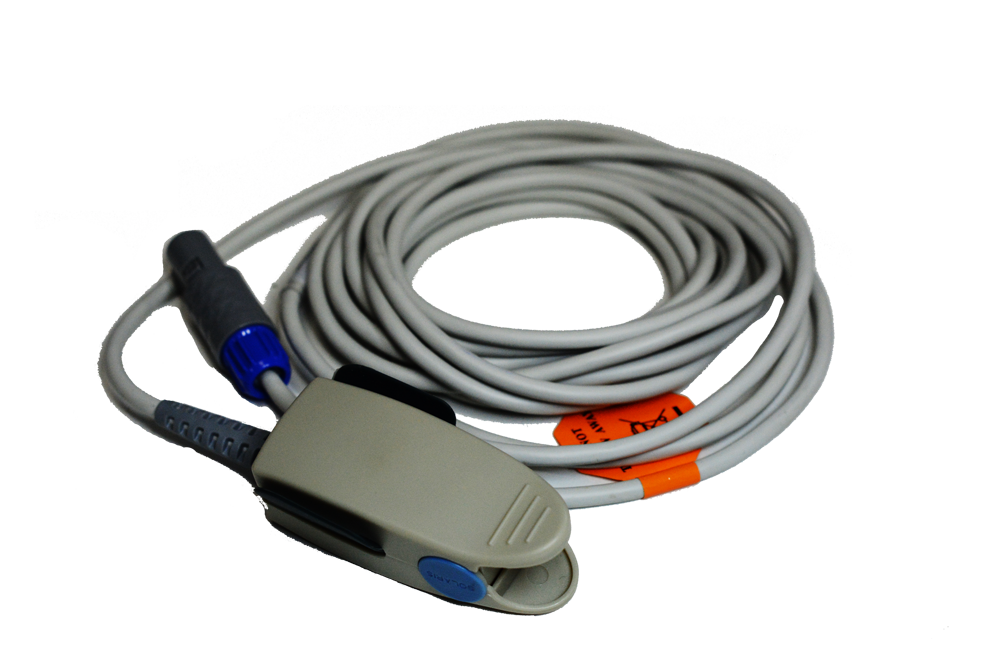
Respiratory rhythm and pattern are continuously altered by homeostatic control mechanisms that allow the animal to “adapt” to physiologic respiratory challenges (i.e., exercise, pregnancy) or pathologic conditions (i.e., neurologic or respiratory disease).

Although not yet fully elucidated, several models for this complex network have been proposed, many using reduced medullary slice preparations as models. This brainstem circuitry of neurons and pathways is responsible for respiratory rhythm generation and respiratory pattern formation. Ventilatory “drive” originates within respiratory centers of the central nervous system ( CNS) ventral medulla. Readers are referred elsewhere for a full review of basic respiratory physiology and pathophysiology. A brief overview of relevant ventilatory concepts and strategies, respiratory physiology, sedative/anesthetic agents, and specific case management is presented in the following text. Fortunately, pulmonary function support in these cases can frequently be accomplished with minimal specialized equipment. Dogs and cats with respiratory disease may require sedation or anesthesia for diagnostic or surgical procedures that are either related or unrelated to the primary problem. It is therefore important to understand normal physiology, as well as the physiological changes and pathological progression of any coexisting disease, especially regarding the respiratory system. When patients present with coexisting respiratory disease, safe anesthetic practices can become challenging. Department of Surgical Sciences, School of Veterinary Medicine, University of Wisconsin–Madison, Madison, WI, 53706, USAĪdequate respiratory function and support are critical for safe anesthetic management, especially if inhalants are used.


 0 kommentar(er)
0 kommentar(er)
